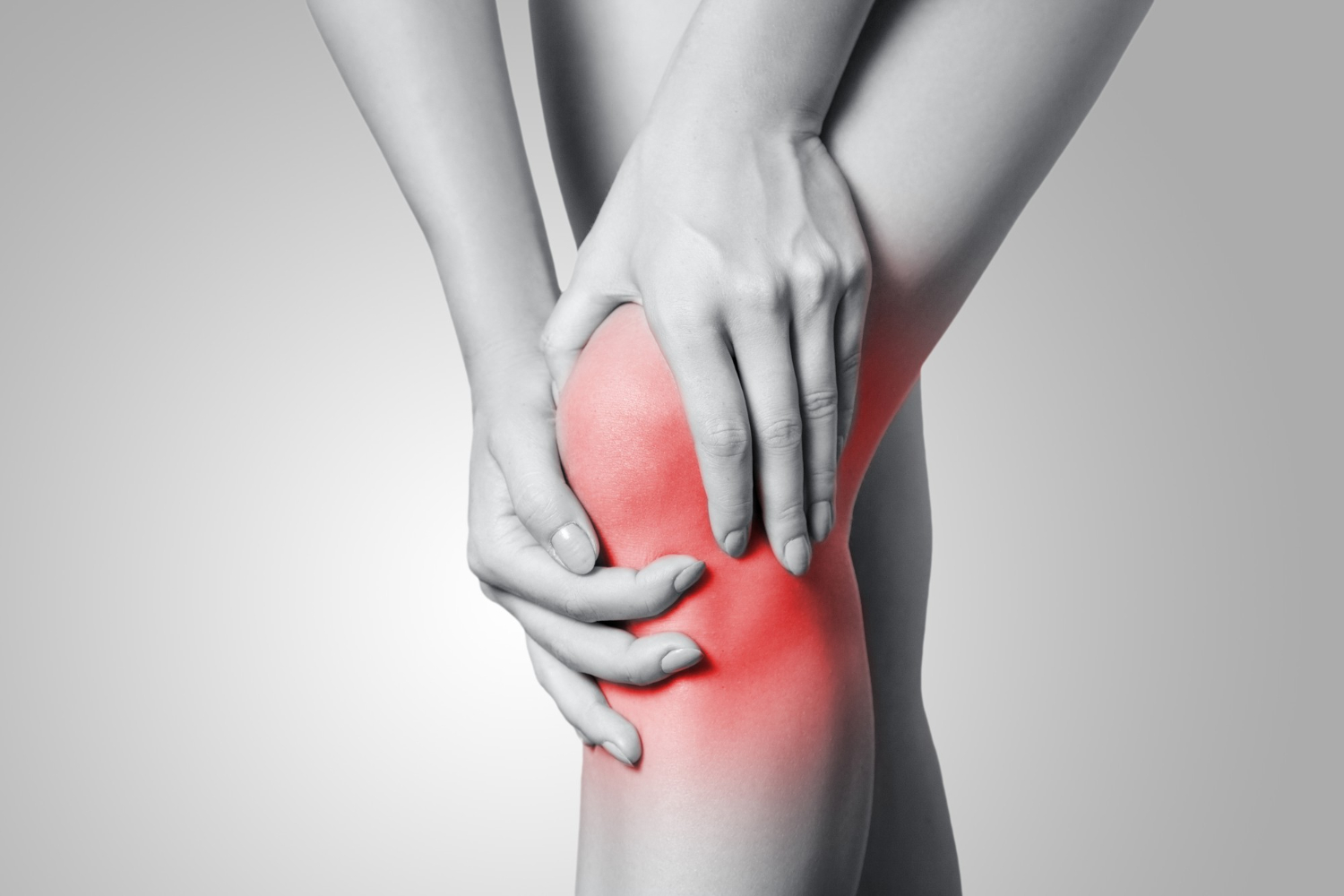Knee pain can affect people of all ages and is a fairly common complaint. The pain may be caused by injury or a medical condition, such as arthritis or gout.
The treatment of knee pain will depend on the cause and severity of the condition. Contact Cayman Neurology today to learn more about what pain management options are available to relieve your knee pain. We can help you resolve your discomfort.

Specialties
Neurology
Pain Management
Diagnostic Tests
Therapeutic Procedures
You may have pain in your knee because of an injury, mechanical problems, arthritis, or another medical condition. We will now discuss each of these knee problems and how it causes pain in the knee joint.
Knee injuries can include damage to the bones, ligaments, tendons, cartilage, or the bursae of your knee joint. Below are some of the common knee injuries that can cause knee pain.
Mechanical problems are related to the function of the knee joint. Some of the mechanical issues that cause knee pain are listed below.
There are many different types of arthritis that can cause joint pain. Arthritis pain is often accompanied by swelling. The most common types of knee arthritis are listed below.
Knee pain can occur anywhere in the joint and can vary in severity. Other signs and symptoms sometimes associated with knee pain are listed below.
You should call your doctor if you experience the following symptoms with your knee pain:
The first step in treating knee pain is to understand the root cause of the pain. Tests are typically done to achieve this and can include x-rays, CT scans, or ultrasounds.
A treatment plan may be developed once the root cause of the knee pain is determined. Treatment for knee pain can cross many medical disciplines and include the following:
The team at Cayman Neurology has developed a multifaceted approach to relieve knee pain. By treating each patient as an individual, we can offer several pain management options that can address your specific needs.
Find out how we can help manage your pain. Call our office in the Cayman Islands today! We look forward to helping you get back to doing the things you love to do.
Copyright © 2024 Cayman Neurologist. All Rights Reserved.